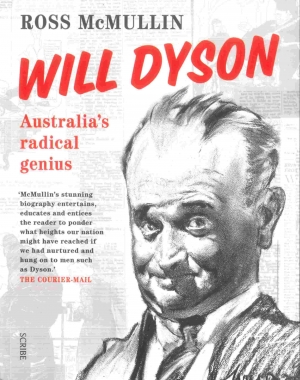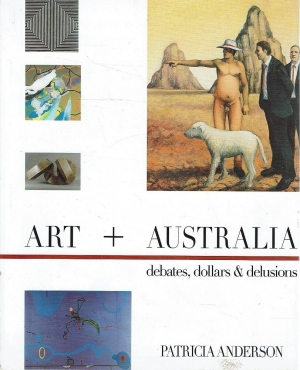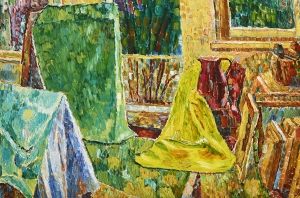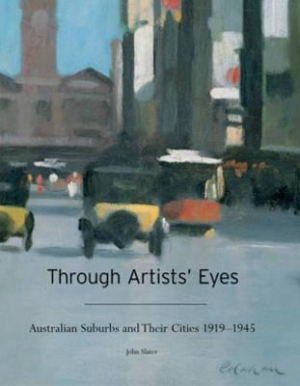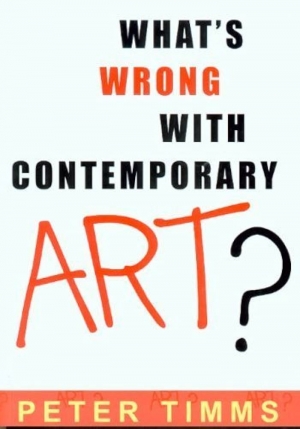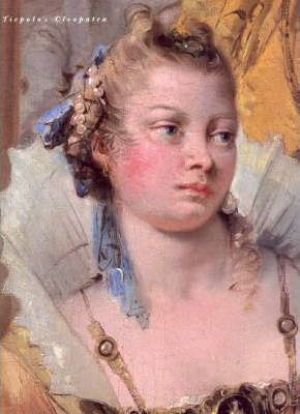Arts
Iain Topliss reviews ‘Will Dyson: Australia’s radical genius’ by Ross McMullin
Ross McMullin’s Will Dyson is a new edition of a book that first appeared twenty years ago. Over that time, the author has promoted his subject, according to the book’s subtitle, from ‘Cartoonist, Etcher and Australia’s Finest War Artist’ to ‘Australia’s Radical Genius’. ‘Genius’ is a strong word, and the new edition does not make a case for its use any more than the old one did. But Dyson is certainly an important, often unregarded, figure in the history of political cartooning. The story of this talented, likeable, thoroughly political man is well worth knowing on many fronts: as a saga of early Melbourne working-class bohemian culture, as an example of the invigorating effect on English political cartooning by antipodean artists in the early part of the twentieth century (the career of David Low shadows that of Dyson), and as an account of the way that World War I registered on a sensitive, and responsible, Australian imagination.
... (read more)Prue Gibson reviews 'Art + Australia: Debates, dollars & delusions' by Patricia Anderson
Art research is an absorbing occupation, not for the faint-hearted. The researcher must brave airless libraries, wrestle with gigantic volumes of old clippings from The Bulletin or the National Times, and listen to ubiquitous taped artist interviews by Hazel de Berg, all the while perched on precarious stools and suffering under low-wattage globes.
... (read more)The traits women are encouraged to develop nowadays, such as outwardness, attitude, assertiveness, and professionalism, did not characterise Grace Cossington Smith (1892–1984). Family snapshots showed the young woman with tousled hair, guileless face, and buck-toothed smile: a neat-figured, long-skirted Edwardian tomboy after the style of Australian heroines in novels by Ethel Turner and Mary Grant Bruce. The older woman in family photographs still had the tomboy grin; conversely, when she showed a public face, the mouth was closed and the eyes steady behind glasses.
... (read more)Daniel Thomas reviews 'Through Artists’ Eyes: Australian Suburbs and their Cities, 1919-1945' by John Slater
The tempting cover leads to a feast of 164 colour pictures, which you will fall upon with delight. Despite the title, almost all are of Melbourne and Sydney, places most Australians know well enough to enjoy pleased shocks of recognition. There are two highly specific Perth roofscapes, but a futurist speeding tram in Adelaide could be anywhere, and so could the industry at Yallourn, or sexual and racial tension at Townsville in 1942. Even if you come from the bush, you will know the city markets, cathedrals, law courts, showgrounds, Circular Quay and Harbour Bridge, Flinders Street Station and Collins Street trams, Town Hall concerts, Tivoli showgirls, Manly, St Kilda, racy Kings Cross lats, a frisson of ‘slums’. The author says he chose the works of art solely for their subject matter, yet he certainly appreciates aesthetic force. It’s a lively anthology of transport and other social nodes, parklands, beaches, building construction, shopping, entertainment. It makes the familiar look unexpectedly interesting.
... (read more)Patrick McCaughey reviews ‘What’s wrong with contemporary art?’ by Peter Timms
Peter Timms is ‘dismayed’ by the state of contemporary art and by the hype that surrounds it and the reality of the experience. He has written a book mired in exasperation and frustration. It is not hard to share Timms’s sentiments. Visit any sizeable biennale-type exhibition and you are engulfed in flickering videos in shrouded rooms, installations of more or less hermetic appeal, large-scale photographs – these often prove to be the most interesting – scratchy ‘anti-drawings’ and a handful of desultory paintings. Noise is ‘in’, too. ‘Biennale art’ is the term frequently used to describe the phenomenon.
Quite who is to blame for this occupies much of the first half of Timms’s book. Artists hell-bent on having careers rather than seeking vocations are part of the problem, and so are curators of contemporary art who nourish the artist’s every need. Art schools are next, where cultural theory has replaced the teaching of art history. The superficialities and the susceptibility to trendiness in the Australia Council are further contributors.
... (read more)Book covers are just expensive hints, and the jacket adorning Philip Jones’s memoir of Heide and beyond is suitably suggestive. Jones may not be especially literary, but he looms at us – first youthful, now in his early seventies – as a kind of antipodean Auden: languid, floppy-tied and with searching eyes. That direct, if hooded, gaze introduces us to a soi-disant minor figure in our cultural history, but one who had an intimate place at Heide in the 1960s and 1970s, and who has known some of the authentic characters and creators in Australian art and letters.
... (read more)Melburnians are rightly proud of the great painting by Giambattista Tiepolo in the National Gallery of Victoria, The Banquet of Cleopatra. Now restored to its prominent position in the gallery, it will continue to attract admiration from generations of visitors, though we should hope that its neighbouring masterpiece, Sebastiano Ricci’s The Finding of Moses, is not overlooked when connoisseurs gather beside the Tiepolo. Jaynie Anderson’s handsome book is a whole-hearted and scholarly homage to Tiepolo in general, and to this picture in particular.
... (read more)Patricia Anderson reviews 'At Home In Australia' by Peter Conrad
We’ve been hectored by Miss Greer and savaged by Mr Hughes, but, like Goldilocks with the three bears’ bowls of porridge, Mr Conrad loves us just right. His book At Home in Australia is a collaboration between the National Gallery of Australia and Thames & Hudson, and more particularly between himself and Gael Newton, the gallery’s Senior Curator of Photography, who rang him in London with an invitation to write a book about the gallery’s photography collection.
... (read more)Daniel Thomas reviews 'Australian Painting 1788-2000' by Bernard Smith
Bernard Smith gave us Australian art. Before him, the subject was not part of our cultural discourse. We knew and could place the work of Michelangelo and Monet but not that of Eugene von Guérard, Tom Roberts or Grace Cossington Smith.
... (read more)Libby Robin reviews 'Feather and Brush: Three centuries of Australian bird art' by Penny Olsen
Gilbert White, in 1789, declared that ‘the language of birds is very ancient and, like other ancient modes of speech, very elliptical: little is said, but much is meant and understood’. How then to portray the speakers of such language? How to give them meaning and understanding as well as plumage?
... (read more)
